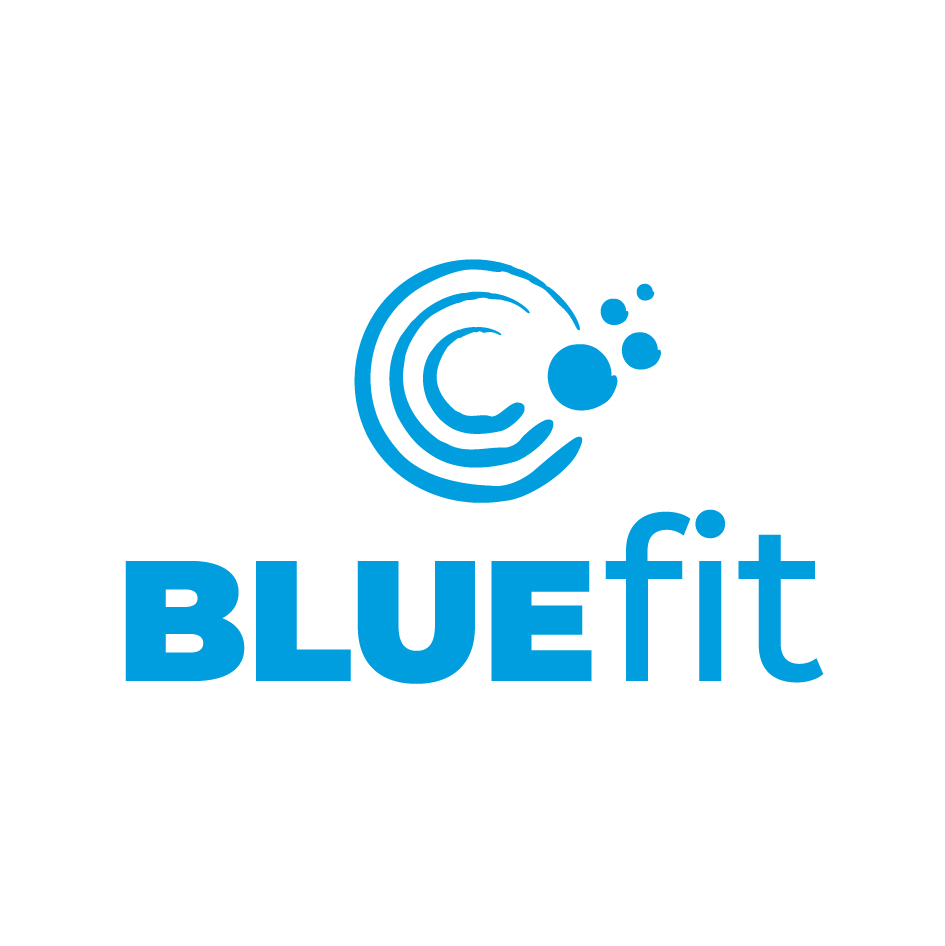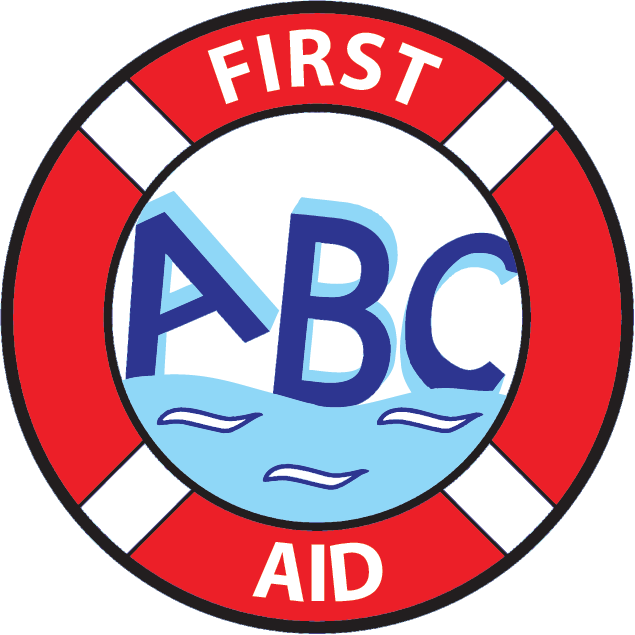Title Page
-
Lifeguard Participant Name:
-
Lifeguard Photo:
-
Training Location:
-
NLTP Instructor/s:
-
Training Depth:
-
Training Start Date:
-
Training Finish Date:
Audit Particulars
Disclaimer of Liability
-
These findings were compiled in good faith, exercising all due care and attention. Moreover, this report is based on matters which were observed, or came to the attention of the Auditor, during the review and site assessments and should not be relied upon as an exhaustive record of all possible risks or hazards that may exist or potential improvements that can be made. Readers should seek appropriate advice when applying the findings to their specific needs.
Confidentiality Statement
-
In order to maintain the integrity and credibility of the audit process and to protect the parties involved, it is understood that Auditors shall not divulge, to unauthorised persons, any information obtained during this audit, unless legally obliged to do so.
Copyright 2019
-
All rights reserved. No part of this document may be reproduced or transmitted in any form or by any means, electronic or mechanical, including photocopying and recording, or by an information storage or retrieval system, without the prior written permission of the CEO, Mr. Todd McHardy.
Purpose
-
The purpose of this Skill Competency Checklist is:
a) To identify and measure the performance of the Lifeguard Participants against a range of legislative requirements, specifically; Acts, Regulations, Australian Standards, Codes of Practice, or industry guidelines, BlueFit guidelines and/or the best practice model (BPM);
b) To make an objective determination as to whether the Lifeguard Participant is compliant (CPL) or non-compliant (N-C) against the learning objectives of the NLTP curriculum;
c) To provide the Lifeguard Participant with feedback after completing each learning objective of the NLTP curriculum
Scope
-
The scope of this Skill Competency Checklist is limited to the examination and evaluation of activities undertaken by the NLTP Instructors delivering the course, in relation to conforming to legislative requirements or industry/BlueFit guidelines or the BPM.
Reference Documents
-
National Lifeguard Training Program Manual
-
SISSS00111 Pool Lifeguard Skill Set
Audit Findings
Previous Non-Compliances
-
Have all previously reported non-compliances been adequately rectified/corrected?
Learning Objectives
-
SKILL OBJECTIVE ONE Active GiD on the Surface SKILL OBJECTIVE TWO Active GiD Below the Surface SKILL OBJECTIVE THREE Active GiD on the Bottom SKILL OBJECTIVE FOUR Passive GiD on the Surface SKILL OBJECTIVE FIVE Passive GiD Below the Surface SKILL OBJECTIVE SIX Passive GiD on the Bottom SKILL OBJECTIVE SEVEN Spinal Injury Management SKILL OBJECTIVE EIGHT Team Scenarios
Logical Question Section
SKILL OBJECTIVE ONE: Active Guest in Distress on the Surface
-
Scenario A: The guest in distress is active on the surface facing the lifeguard Scenario B: The guest in distress is active on the surface and facing away from the lifeguard Scenario C: The guest in distress is extra-active on the surface and presents a potential danger to a single rescuer
-
Skill Description A: The guest in distress is active on the surface facing the lifeguard
-
Lifeguard activates the EAP
-
Lifeguard performs tuck and jump entry safely, followed by the approach stroke
-
Lifeguard extends the tube in front with both hands prior to one body length from GiD
-
Lifeguard pushes the tube slightly under water while driving tube into the chest of the GiD
-
Lifeguard locks elbows and keeps arms straight while maintaining tube position
-
Lifeguard drives GiD to point of safety while communicating with and calming the GiD
-
Lifeguard assists the GiD out of the water, followed by Centre Manager (CM) or Duty Manager (DM) debrief/rescue report
-
Skill Description B: The guest in distress is active on the surface and facing away from the lifeguard
-
Lifeguard activates the EAP
-
Lifeguard performs tuck and jump entry safely, followed by the approach stroke
-
Lifeguard approaches from behind GiD
-
Lifeguard assumes a vertical position prior to contact with GiD, maintaining tube position
-
Lifeguard extends arms under the GiDs armpits and wraps arms around GiD, maintaining tube position
-
Lifeguard elevates GiD above water level while protecting his/her head
-
Lifeguard swims with GiD to point of safety while communicating with and calming the GiD
-
Lifeguard assists the GiD out of the water, followed by CM or DM debrief/rescue report
-
Skill Description C: The guest in distress is extra-active on the surface and presents a potential danger to a single rescuer
-
Lifeguard actives the EAP (Primary Rescuer)
-
Lifeguard performs tuck and jump entry safely, followed by the approach stroke
-
Lifeguard attempts to extend tube, recognises the inability to rescue alone and raises fist above head
-
Lifeguard blows whistle (Secondary Rescuer)
-
Lifeguard performs tuck and jump entry safely, followed by the approach stroke
-
Lifeguards (Primary and Secondary) approach GiD from opposite sides (facing and away)
-
Lifeguard signals to move (Primary Rescuer)
-
The lifeguard that ends up behind extends arms under the GiDs armpits and raises hands
-
The lifeguard that ends up in front of drives the tube into the hands of the opposite lifeguard
-
The lifeguard behind the GiD pulls front rescue tube against the GiDs chest
-
The rescue team swims with GiD to point of safety while communicating with and calming the GiD
-
Has the Lifeguard Candidate demonstrated Skill Competency for Skill Objective ONE?
-
Lifeguard Participant Name:
-
NLTP Instructor Signature:
-
Date Completed:
SKILL COMPETENCY OBJECTIVE TWO: Active Guest in Distress Below the Surface
-
Skill Description: The guest in distress appears to be active below the surface of the water, but within hands reach
-
Lifeguard activates the EAP
-
Lifeguard performs tuck and jump entry safely, followed by the approach stroke
-
Lifeguard arrives directly in front of and above the GiD
-
Lifeguard positions the tube and reaches over the tube and grabs the GiDs wrist or arm
-
Lifeguard pivots back and pushes tube under the GiDs armpit/chest while pulling the guest up to the surface
-
Lifeguard locks the extended arms elbow in order to maintain arm’s length distance from GiD
-
Lifeguard drives/pulls the GiD to point of safety while communicating with and calming the GiD
-
Lifeguard assists the GiD out of the water, followed by CM or DM debrief/rescue report
-
Lifeguard Participant Name:
-
NLTP Instructor Signature:
-
Date Completed:
SKILL COMPETENCY OBJECTIVE THREE: Active Guest in Distress on the Bottom
-
Skill Description: The guest in distress appears to be active on the pools bottom. The guest is deep, beyond hands reach
-
Lifeguard activates the EAP
-
Lifeguard performs tuck and jump entry safely, followed by the approach stroke
-
Lifeguard arrives directly in front of and above the GiD
-
Lifeguard releases the tube and executes a surface submersion, arriving directly behind the submerged GiD in vertical position
-
Lifeguard reaches across the GiDs chest, grasping the armpit while the other hand feeds the strap, lifting the GiD
-
Lifeguard brings the GiD to the surface, presenting the rescue tube to the front of the GiD asking the GiD to grab it
-
Lifeguard swims the GiD to point of safety while communicating with and calming the GiD
-
Lifeguard assists the GiD out of the water, followed by CM or DM debrief/rescue report
-
Has the Lifeguard Candidate demonstrated Skill Competency for Skill Objective THREE?
-
Lifeguard Participant Name:
-
NLTP Instructor Signature:
-
Date Completed:
SKILL COMPETENCY OBJECTIVE FOUR: Passive Guest in Distress on the Surface
-
Skill Description: The guest in distress is passive and face down at the water’s surface
-
Lifeguard activates the EAP
-
Lifeguard performs tuck and jump entry safely, followed by the approach stroke
-
Lifeguard arrives behind the GiD and in a vertical position, keeping the tube between the lifeguard and GiD
-
Lifeguard extends arms under the GiDs armpits and wraps arms around the GiDs chest
-
Lifeguard elevates the GiD back, manoeuvring the tube under the GiDs back to facilitate an open airway position
-
While moving with the GiD toward extrication point, the lifeguard opens the airway of the GiD using the Jaw Thrust with head tilt and quickly assesses for breathing. Lifeguard calls for additional lifeguard/s assistance
-
No obvious spontaneous breathing is detected, the lifeguard confirms assistance from other EAP responders
-
Lifeguard delivers two ventilations and continues with rescue breathing while moving toward the extrication point
-
Lifeguard continues rescue breathing until EAP responders are ready to extricate the GiD
-
Has the Lifeguard Candidate demonstrated Skill Competency for Skill Objective FOUR?
-
Lifeguard Participant Name:
-
NLTP Instructor Signature:
-
Date Completed:
SKILL COMPETENCY OBJECTIVE FIVE: Passive Guest in Distress Below the Surface
-
Skill Description: The guest in distress appears to be passive below the surface of the water, but within hands reach
-
Lifeguard activates the EAP
-
Lifeguard performs tuck and jump entry safely, followed by the approach stroke
-
Lifeguard arrives directly in front of and above the GiD
-
Lifeguard positions the tube and reaches over the tube and grabs the GiDs wrist or arm
-
Lifeguard pivots back and pushes tube under the GiDs armpits/chest while pulling the guest up to the surface
-
Lifeguard rolls the GiD back, manoeuvring the tube under the GiDs back to facilitate an open airway position
-
While moving with the GiD toward extrication point, the lifeguard opens the airway of the GiD using the Jaw Thrust with head tilt and quickly assesses for breathing. Lifeguard calls for additional lifeguard/s assistance
-
No obvious spontaneous breathing is detected, the lifeguard confirms assistance from other EAP responders
-
Lifeguard delivers two ventilations and continues with rescue breathing while moving toward the extrication point
-
Lifeguard continues rescue breathing until EAP responders are ready to extricate the GiD
-
Has the Lifeguard Candidate demonstrated Skill Competency for Skill Objective FIVE?
-
Lifeguard Participant Name:
-
NLTP Instructor Signature:
-
Date Completed:
SKILL COMPETENCY OBJECTIVE SIX: Passive Guest in Distress on the Bottom
-
Skill Description: The guest in distress appears to be passive on the pools bottom. The guest is deep, beyond hands reach
-
Lifeguard activates the EAP
-
Lifeguard performs tuck and jump entry safely, followed by the approach stroke
-
Lifeguard arrives directly in front of and above the GiD
-
Lifeguard releases the tube and executes a surface submersion, arriving directly behind the submerged GiD in a vertical position
-
Lifeguard reaches across the GiD chest, grasping the armpit while the other hand feeds the strap, lifting the GiD
-
Lifeguard brings the GiD to the surface, placing the guest on the rescue tube in an open airway position and calls for additional lifeguard/s assistance
-
While moving with the GiD toward extrication point, the lifeguard opens the airway of the GiD using the Jaw Thrust with head tilt and quickly assesses for breathing
-
No obvious spontaneous breathing is detected, the lifeguard confirms assistance from other EAP responders
-
Lifeguard delivers two ventilations and continues with rescue breathing while moving toward the extrication point
-
Lifeguard continues rescue breathing until EAP responders are ready to extricate the GiD
-
Has the Lifeguard Candidate demonstrated Skill Competency for Skill Objective SIX?
-
Lifeguard Participant Name:
-
NLTP Instructor Signature:
-
Date Completed:
SKILL COMPETENCY OBJECTIVE SEVEN: Suspected Spinal Skills and Extraction (2 or Multiple Rescuers)
-
Skill Description A: The guest in distress is active on the surface holding his/her neck and in pain (shallow water)
Completion
-
Overall Comment:
-
I hereby certify that all observations are true and accurate
-
Auditors Name and Signature:









